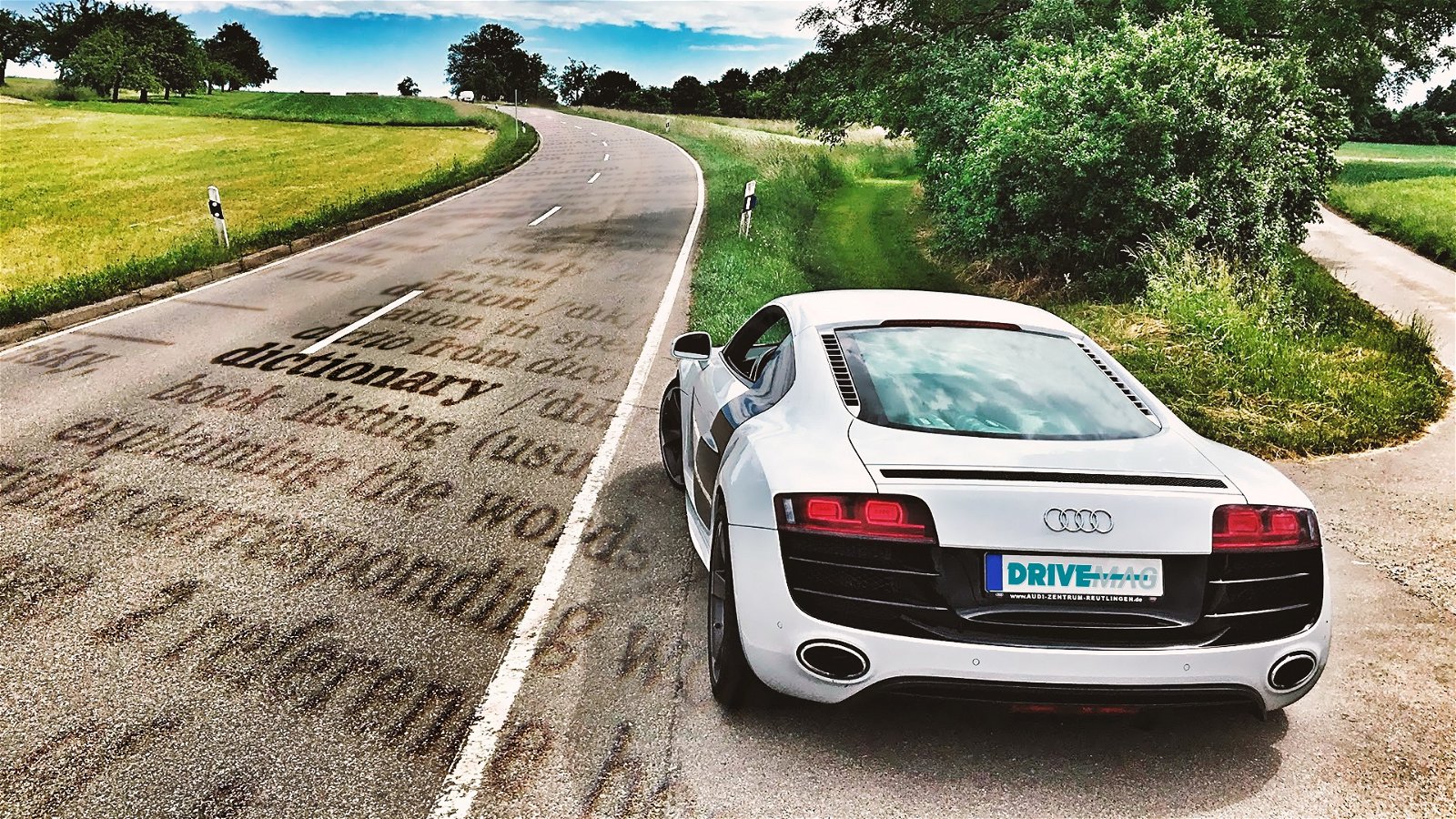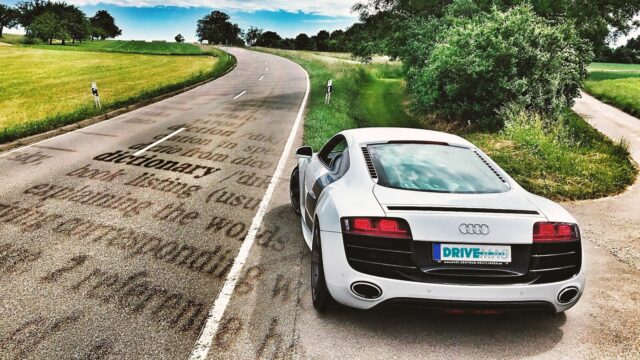We all know what they express now, but they started off with different meanings

Curious to find out how words like sedan, trunk or tire made their way into the language and turned into automotive terms? Then you landed on the right page.
The English language is a living organism and just like most other active languages (to be read not on the verge of dying or long gone – e.g. Latin, Sanskrit or Akkadian) it never ceases to transform and adapt.
Now, as much as I could bore you with a crash course in linguistics, semantics and all that geeky language stuff they teach you in university, I assume you're here as a petrolhead so let's stick to words that you commonly use when referring to an/your automobile.
Carburetor, for example, has been used with its automotive connotation since 1896. Three decades earlier, around 1866, a carburetor was referred to as a "device to enhance a gas flame."
It comes from carburet, which entered the language around 1795 and meant "compound of carbon and another substance" – nowadays known as carbide.
In the 1630s, a sedan was nothing but a "covered chair on poles." It is believed the term was coined from a southern Italian dialect that adapted the Italian "sede" (chair) and the Latin "sedere" (to sit).
Sir Sanders Duncombe introduced the word for the first time in England, to describe a "covered chair."
In the car world, sedan popped up in American English around 1912 and designated a "closed automobile seating four or more."
Which brings us to one of the vital car parts often overlooked by drivers: the tire. In the late 15th century, tire stood for "iron plates forming a rim of a carriage wheel."
Some scholars believe it is a short form of attire (as in clothing) that caught on in the 13th century meaning "equipment, dress, covering."
In short, tire referred to the dressing of the wheel. It is also believed the original spelling was tyre (the current British spelling). The connotation of rubber tire was coined around 1877 and used for the first time in the same context with bicycles and later automobiles.
Furthermore, go-cart, initially spelled gocart, dates back to the 1670s when it described "a litter, sedan chair" but also "an infant's walker" in the 1680s.
The modern form of the word appeared around 1959 in reference to "a kind of miniature racing car with a frame body and a two-stroke engine."
Hood is believed to stem from the Old English hod, namely a "soft covering for the head, usually extending over the back of the neck and often attached to a garment worn about the body."
The double "o" modern spelling originates from the early 1400s. In 1826, hood described a "foldable or removable cover for a carriage to protect the occupants." It was also used as "sunshade of a baby-carriage" since around 1866.
As of 1905, the meaning of hood is "hinged cover for an automobile engine." In British English, it is usually referred to as bonnet.
Similarly, the term trunk comes from the mid 1500s from Old French tronc or an "alms box in a church."
Furthermore, the word's meaning of box or case also comes from Old French, acquired by the English language to express the notion of the human body as a "case" of organs.
It was only after 1930 that trunk began to designate the "luggage compartment of a motor vehicle."
In the 1670s, a bumper was a "glass filled to the brim." As a slang term coined for the first time in 1759, bumper represented anything "unusually large."
It wasn't until 1839 that it received the meaning we know today: "buffer of a car," but when talking about railway cars.
Full use of bumper as an automotive term began in 1901, and by 1908, the bumper to bumper phrase was adopted to describe traffic jams.
